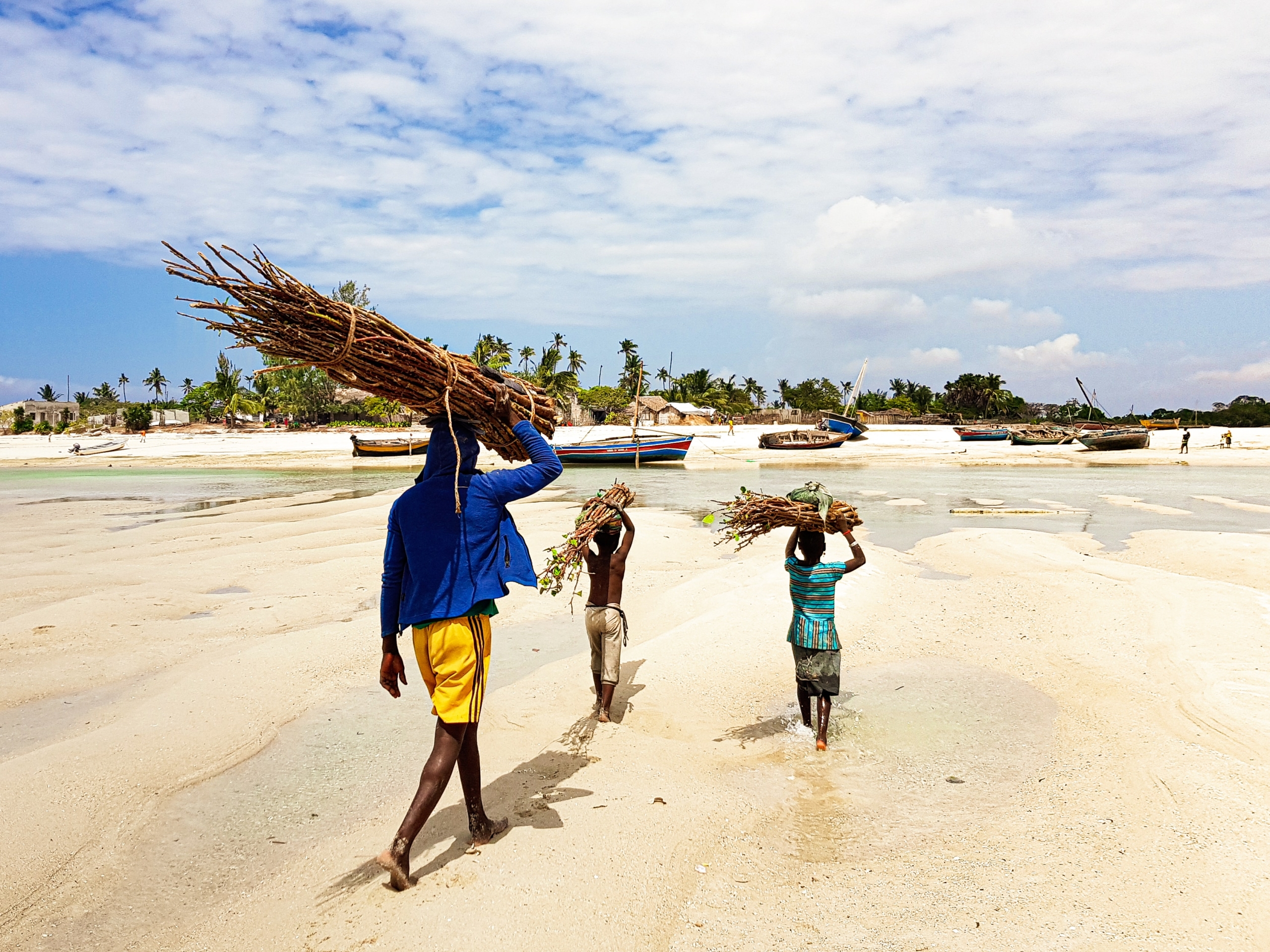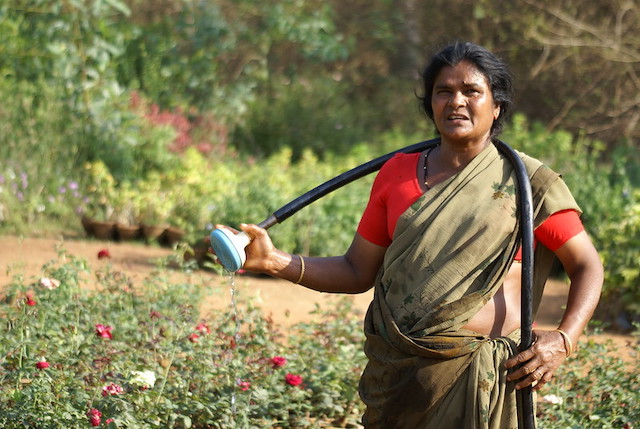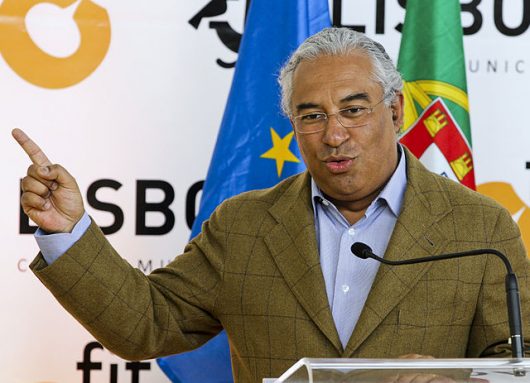 Although Portugal only provides a limited amount of foreign aid compared to its Development Assistance Committee (DAC) counterparts, the country has been focusing its development strategy on the most deprived countries. In 2022, Portugal allocated $504.7 million of Official Development Assistance (ODA). Notably, 69.8% of this aid was directed toward Least Developed Countries (LDCs), representing the highest share among DAC members. This trend continued in 2021 when 61.3% of Portugal’s foreign aid was dedicated to fragile contexts.
Although Portugal only provides a limited amount of foreign aid compared to its Development Assistance Committee (DAC) counterparts, the country has been focusing its development strategy on the most deprived countries. In 2022, Portugal allocated $504.7 million of Official Development Assistance (ODA). Notably, 69.8% of this aid was directed toward Least Developed Countries (LDCs), representing the highest share among DAC members. This trend continued in 2021 when 61.3% of Portugal’s foreign aid was dedicated to fragile contexts.
Portugal’s ODA in Post-Conflict Settings
Foreign aid that Portugal disbursed has enabled several countries to limit and recover from conflicts. In Mozambique, Portugal has been providing vital assistance in the context of the Cabo Delgado Province insurgency. Back in 2019, the Mozambique Recovery and Reconstruction Support Fund, which Portugal implemented, enabled civil society programs to receive direct funds from private and public sector organizations in Portugal. In cooperation with the EU, the country also set up the +Emprego program in 2020, which improved youth employment, prevented radicalization and delivered humanitarian assistance. By stabilizing the situation, Portugal’s foreign aid thus prevented many people’s living conditions from worsening.
Similarly, Portugal significantly helped in the East Timorese transition after 1999 by providing non-negligible humanitarian assistance. Timor-Leste, still considered a fragile state, cooperates closely with Portugal toward reducing poverty and bolstering development in this country.
Portugal’s Work in Social Infrastructures
Portugal, as part of the Community of Portuguese-Speaking Countries (CPLP), has approved the Strategy for Food and Nutritional Security. Structured around three core principles, this program strives to establish and bolster effective governance and policies related to food security. Simultaneously, it seeks to promptly enhance food accessibility for the most vulnerable populations while also fostering increased food availability. As a strategic component of this initiative, the CPLP has successfully instituted National Food and Nutritional Security Councils in São Tomé, Cape Verde and Guinea Bissau.
Moreover, the program involves a Family Farming Work Group tasked with drafting guidelines as part of the program’s objective to enhance food availability.
The country also participates in strengthening health systems in CPLP countries. Portugal has equipped Guinea-Bissau with laboratories to ensure its partner is prepared to face an Ebola crisis. In collaboration with the Aga Khan Development Network (AKDN), the Portuguese government played a crucial role in distributing medical supplies. It provided 5,000 medical masks and 200,000 masks in the Maputo Province of Mozambique. This essential donation not only ensured the protection of those in need but also sustained economic and social activities.
Portuguese ODA and the Environment
Out of its total bilateral allocable aid, Portugal spent 7.5% toward supporting the environment in 2020-2021. This can seem trivial compared to the DAC average (34.3%), but the country has made some important contributions to fighting climate change in developing countries. The OECD highlighted Portugal’s commitment to ocean protection, demonstrated when the country co-hosted the 2022 UN Ocean Conference.
Moreover, Portugal is supporting the Carbon Sustainability and Ecosystem Services Roadmap in the Principe Island of São Tomé and Principe, which is analyzing the island nation’s carbon emission and removal and making projections for possible reduction. The project will conclude with recommendations that aim to support decision-making concerning carbon emission mitigation.
In Guinea-Bissau, the Collective and Territorial Integrated Actions for the Valorisation of Agriculture (dubbed EU-ACTIVA) has the objective of enabling agricultural intensification while guaranteeing it remains sustainable. Approximately 4,000 families will receive training that enables them to teach others effective techniques for cultivating the local soil in accordance with climate patterns. By doing so, this initiative will ensure improved living conditions for the residents of Guinea-Bissau.
Room for Improvement
Despite all those significant contributions and achievements, there is still more Portugal’s foreign aid could do to improve the conditions of the world’s poor. The OECD points out that Portugal only invests 0.23% of its Gross National Income in ODA, and thus still has not reached the 0.7% ODA/GNI ratio that it has committed to, and still fares behind fellow DAC members. The organization also recommends that Portugal put more emphasis on long-term objectives and results to achieve more sustainable change in partnerships with other countries.
However, Portugal’s vital work toward developing LDCs and improving the lives of those that inhabit them demonstrates the country’s enthusiasm when it comes to tackling poverty, and is a positive sign indicating the potential implementation of more effort in the future.
– Kenza Oulammou
Photo: Unsplash
 Portugal, a coastal country known for its colorfully-tiled sunny beach towns, is increasingly gaining a reputation as a destination for migrants looking to work in the European Union. In fact,
Portugal, a coastal country known for its colorfully-tiled sunny beach towns, is increasingly gaining a reputation as a destination for migrants looking to work in the European Union. In fact,  One of the most important factors in beating the coronavirus is ensuring that everybody has access to public health. According to
One of the most important factors in beating the coronavirus is ensuring that everybody has access to public health. According to 



 A new tool for assessing progress toward the Global Health Security Agenda (GHSA) goals has now been piloted in five countries, the CDC reports. International health organizations in Georgia, Peru, Portugal, Uganda and the UK have all submitted evaluations of the assessment.
A new tool for assessing progress toward the Global Health Security Agenda (GHSA) goals has now been piloted in five countries, the CDC reports. International health organizations in Georgia, Peru, Portugal, Uganda and the UK have all submitted evaluations of the assessment. In Obidos, Portugal, an annual event brings the community together through the celebration of history, good times and charity.
In Obidos, Portugal, an annual event brings the community together through the celebration of history, good times and charity.